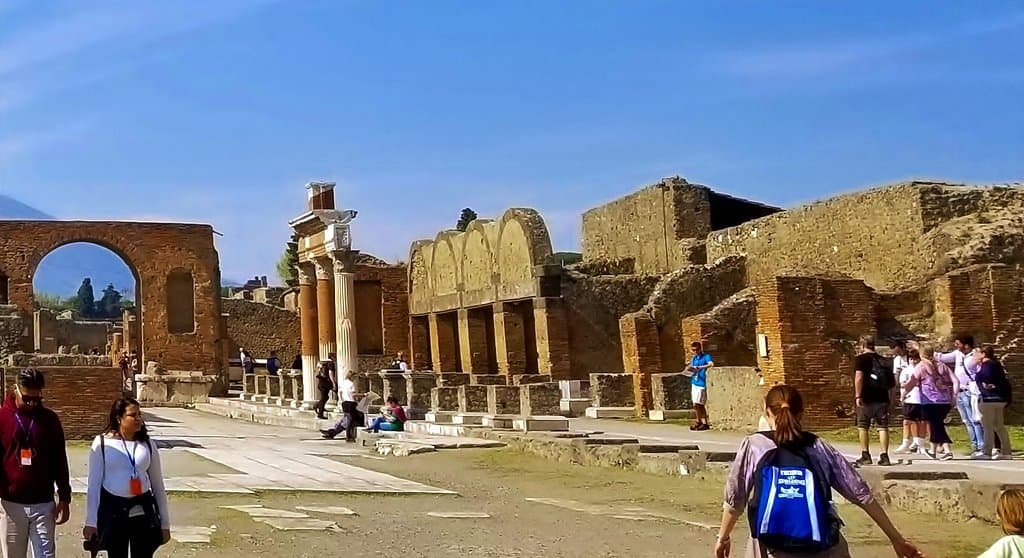
Macellum
Ancient Roman marketplaces, from bustling food hubs to sites of early economic regulation, offering a tangible link to history.
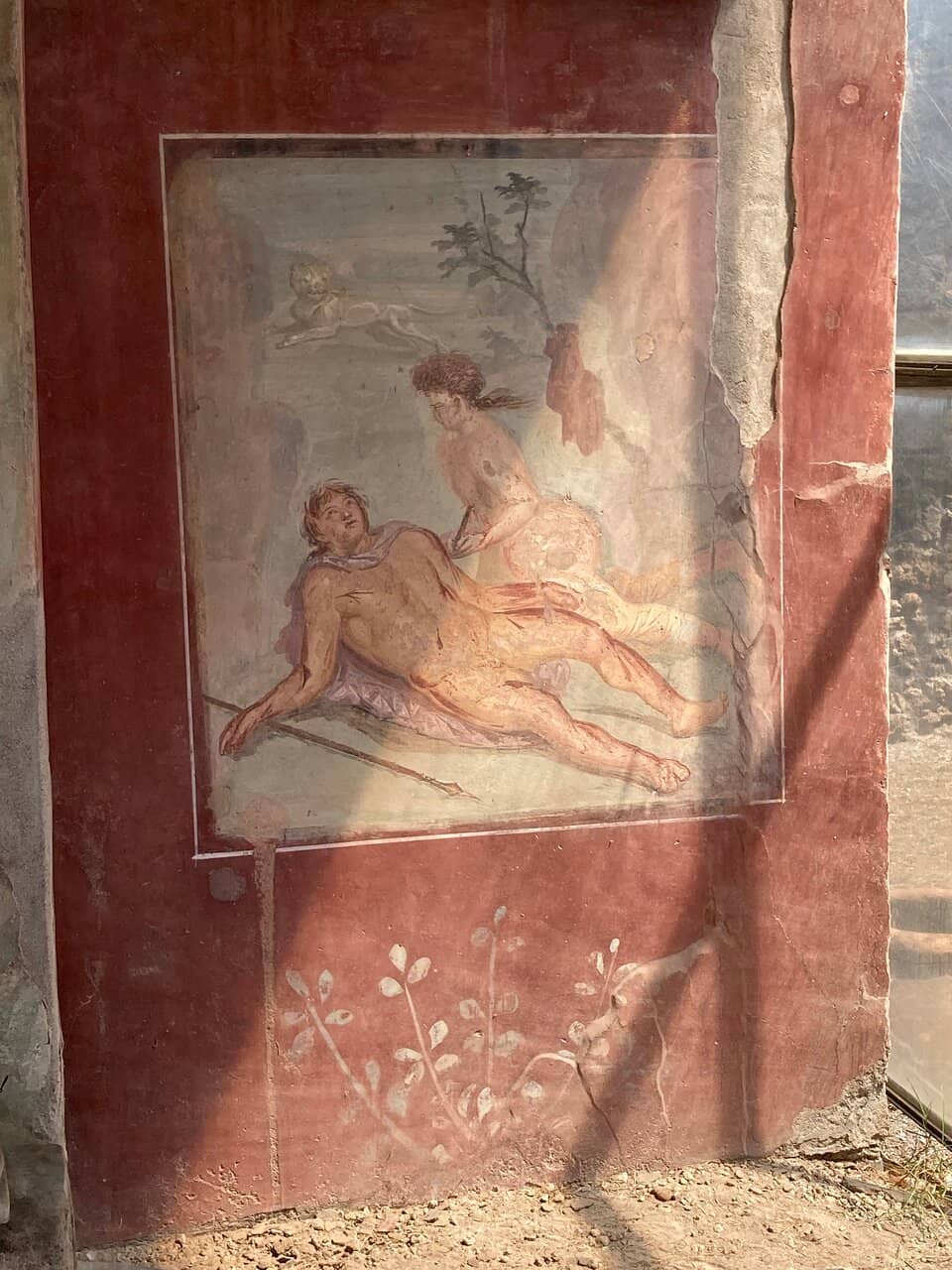
Highlights
Must-see attractions
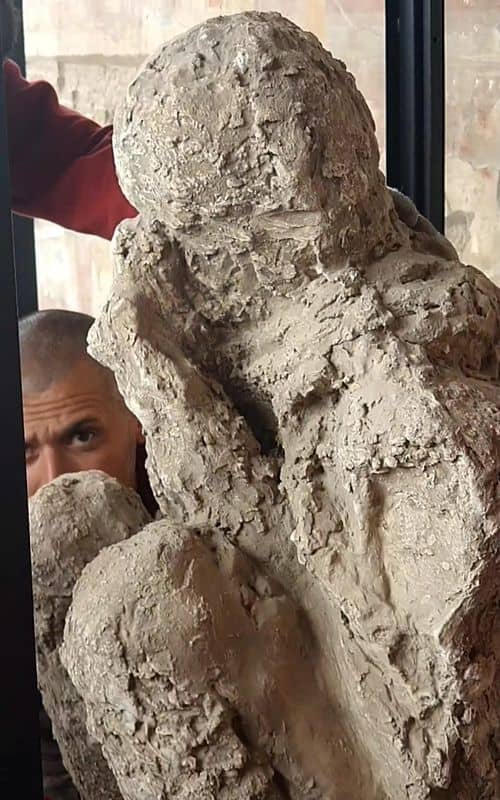
Social
From TikTok & Reddit
Best Time
Fewer crowds, better photos

Macellum
Best Time
Fewer crowds, better photos

Highlights
Must-see attractions
Ancient Roman marketplaces, from bustling food hubs to sites of early economic regulation, offering a tangible link to history.
"A captivating glimpse into the daily lives and dynamic economy of remarkable ancient cities."
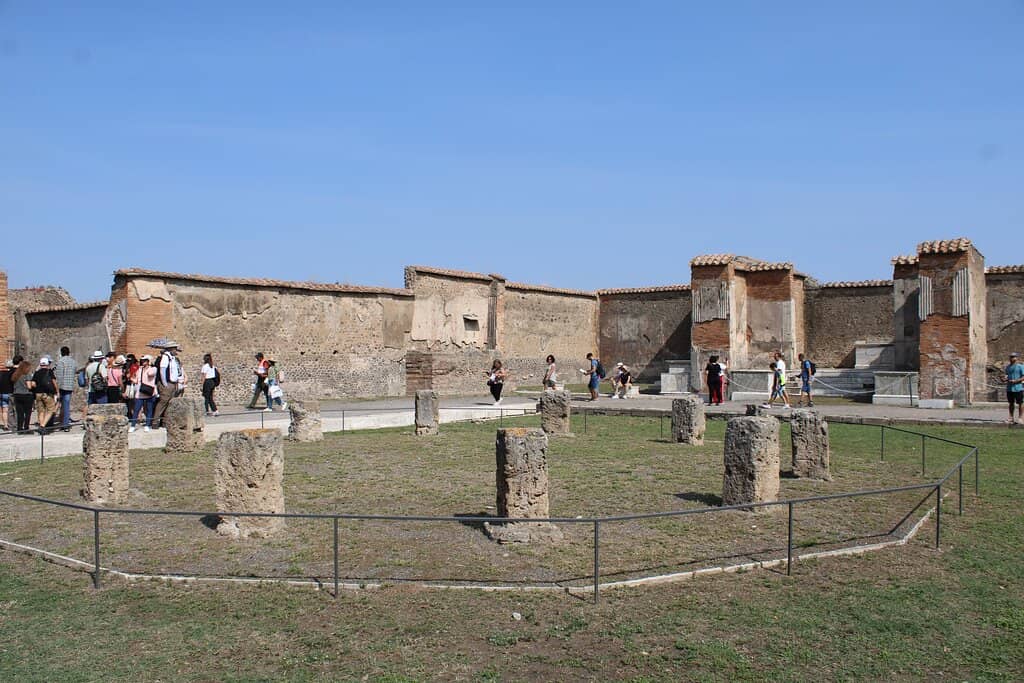
Wear Comfortable Shoes
Ancient ruins mean uneven terrain. Prioritize comfort for exploring! :athletic_shoe:
Download Offline Maps
Connectivity can be unreliable. An offline guide is a lifesaver! :iphone:
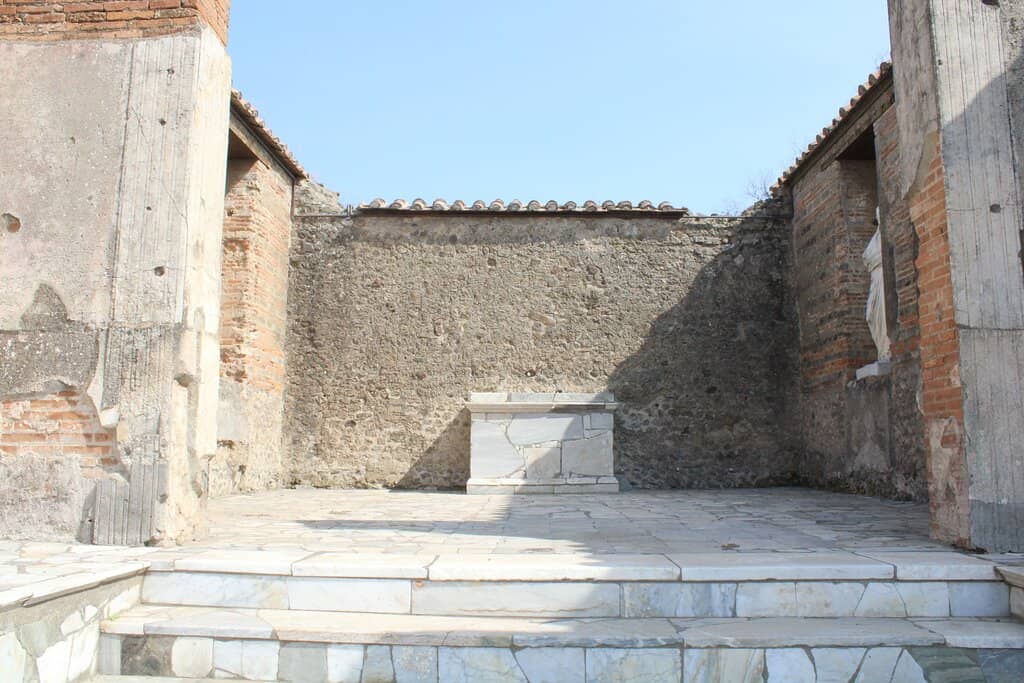
Highlights
Discover the most iconic attractions and experiences
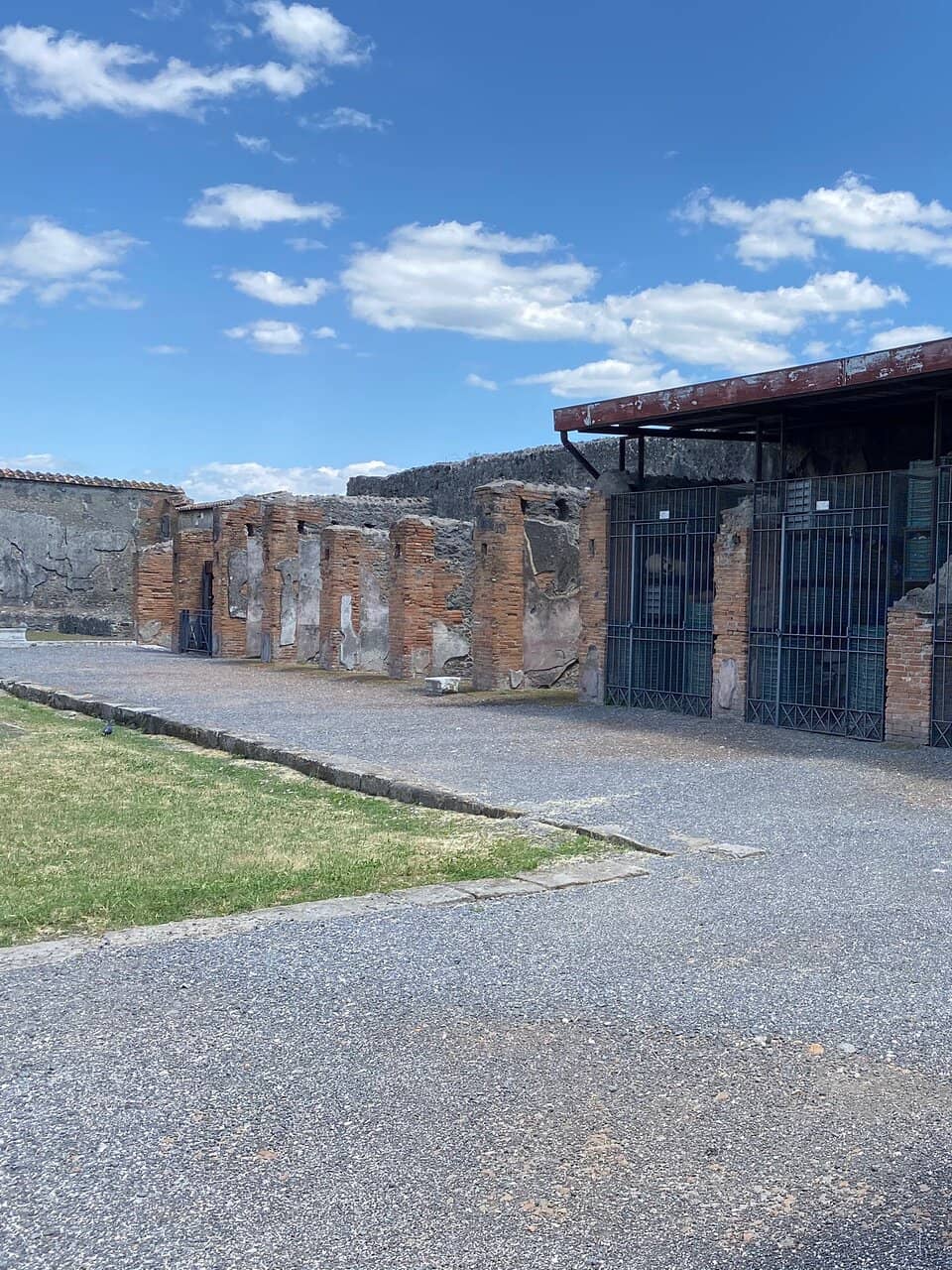
Central Courtyard
Pompeii
The heart of the ancient marketplace, once bustling with vendors and shoppers. Imagine the vibrant commerce.
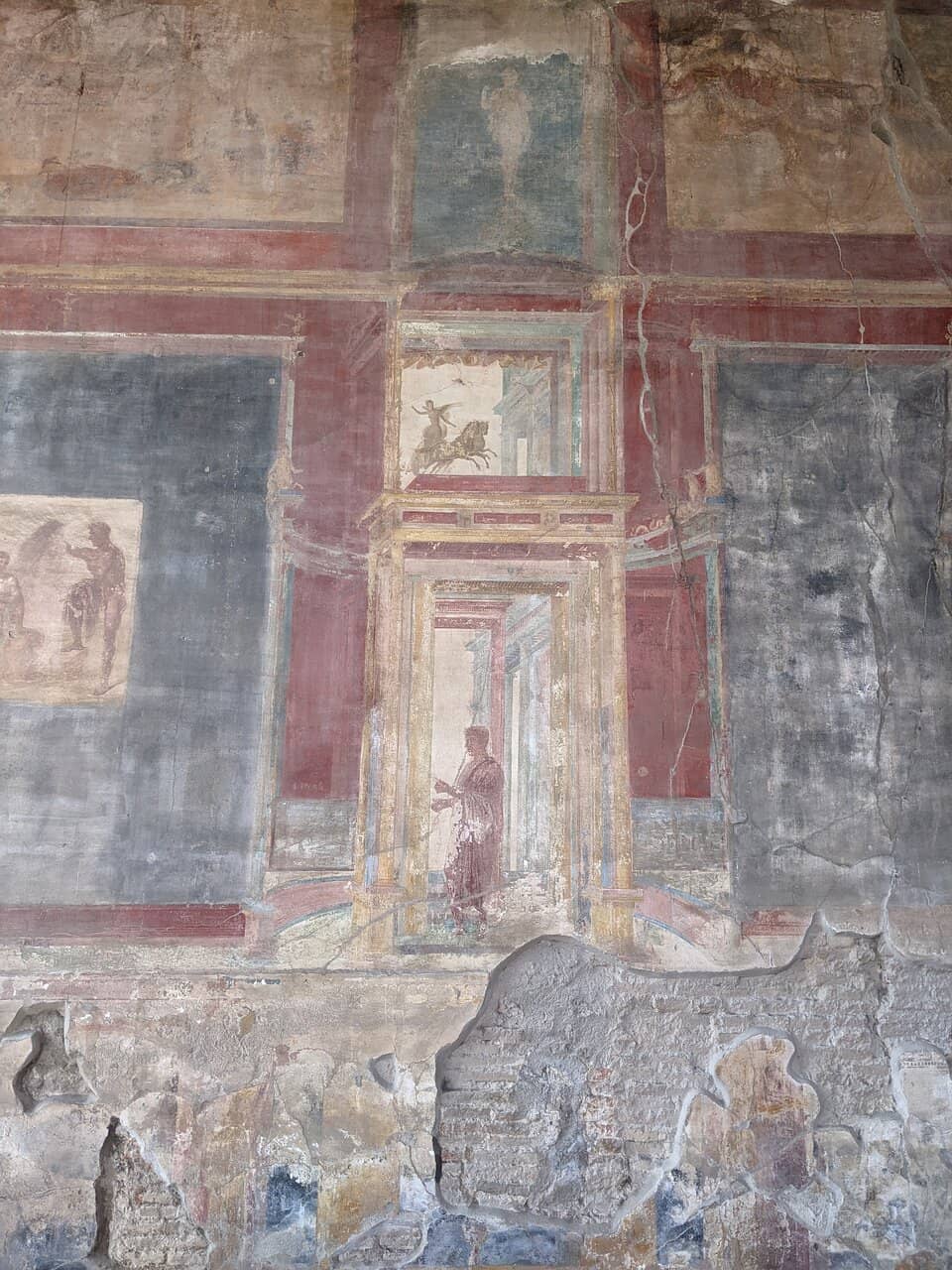
Column Bases
Pompeii
Twelve imposing column bases still stand, hinting at the grandeur of the original market structure.
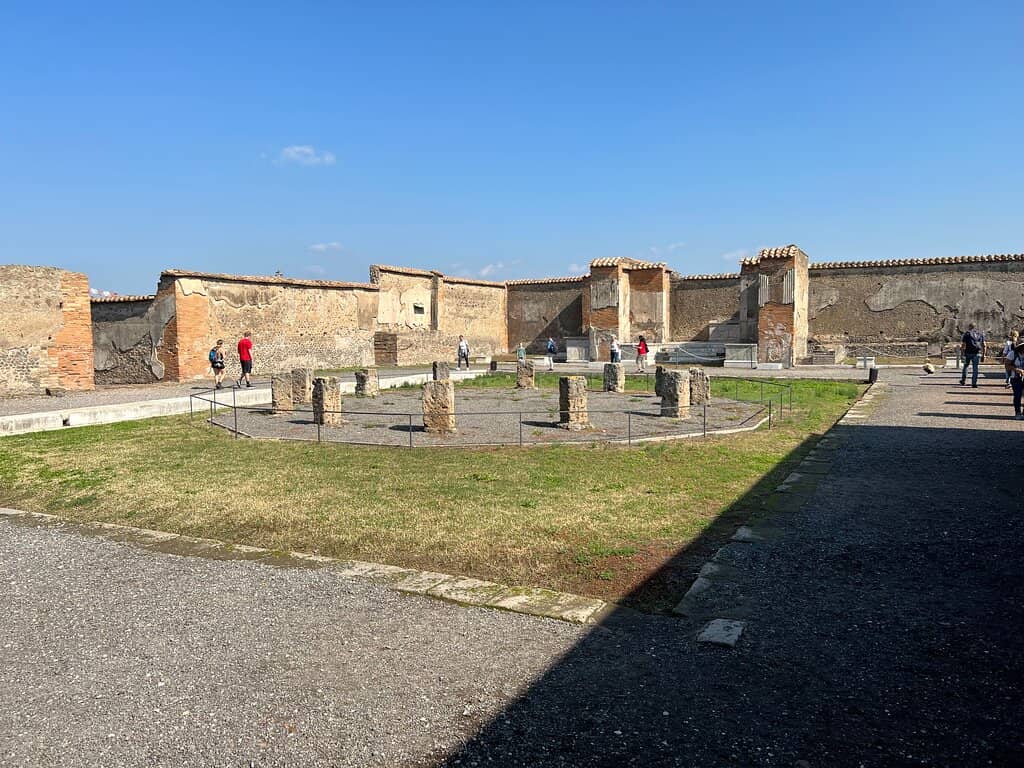
Frescoed Walls
Pompeii
Discover remnants of striking frescoes that once adorned the market walls, showcasing Roman artistry.
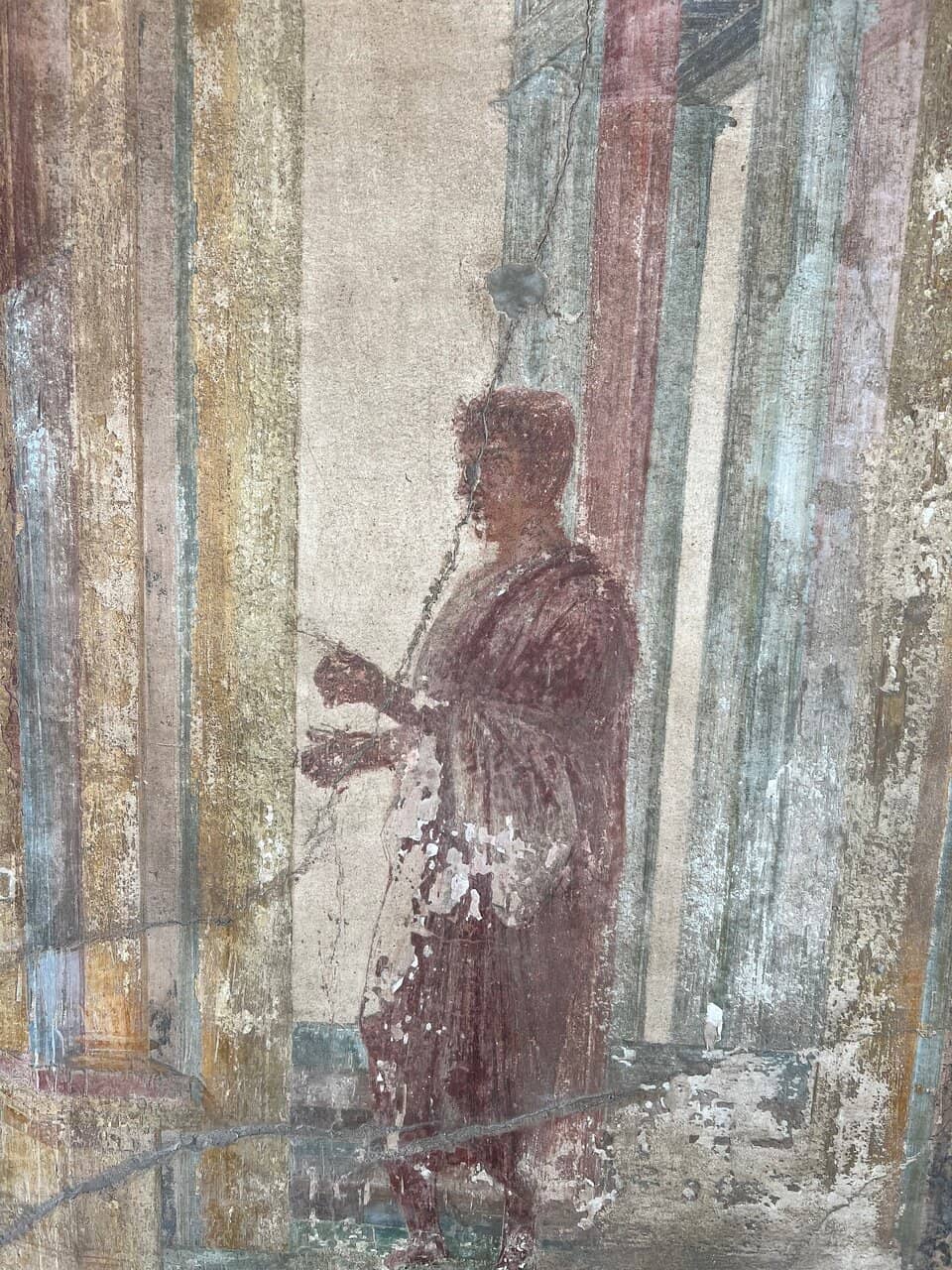
Aizanoi Macellum (Borsa Yapısı)
Aizanoi, Turkey
Explore the world's first stock exchange, a marvel of Roman engineering and economic history.
Plans like a pro.
Thinks like you
Planning Your Visit
Timing Your Visit to Macellum
Navigating Macellum's Ruins
Best Times
Insider Tips
from TikTok, Instagram & Reddit
Wear Comfortable Shoes
Ancient ruins mean uneven terrain. Prioritize comfort for exploring! :athletic_shoe:
Download Offline Maps
Connectivity can be unreliable. An offline guide is a lifesaver! :iphone:
Imagine the Past
Let the ruins transport you to ancient Roman life and commerce. :sparkles:
Look for Frescoes
Don't miss the remnants of vibrant frescoes that add color to the ruins. :art:
Tips
from all over the internet
Wear Comfortable Shoes
Ancient ruins mean uneven terrain. Prioritize comfort for exploring! :athletic_shoe:
Download Offline Maps
Connectivity can be unreliable. An offline guide is a lifesaver! :iphone:
Imagine the Past
Let the ruins transport you to ancient Roman life and commerce. :sparkles:
Look for Frescoes
Don't miss the remnants of vibrant frescoes that add color to the ruins. :art:
Explore Multiple Macella
Discover different Macellum sites like Aizanoi for unique historical insights. :world_map:
What Travellers Say
Reviews Summary
Visitors find the Macellum a fascinating glimpse into ancient Roman commercial life, appreciating its well-preserved structures and historical significance. While some are captivated by the bustling marketplace remnants and artistic details, others express skepticism about historical interpretations or find the ruins 'scary.' Overall, it offers a compelling look at Roman trade and urban planning.
"The Macellum of Pompeii is a fascinating marketplace that showcases the bustling commercial life of the ancient city. This well-preserved structure features a spacious central courtyard surrounded by various shops and stalls that once offered a variety of goods, from fresh produce to meats. The elegant design is enhanced by striking frescoes and marble decorations, reflecting the importance of trade in Pompeian society. As you wander through the bustling remnants of this vibrant marketplace, you can imagine the lively interactions and the rich flavors that filled the air. A visit to the Macellum provides a captivating glimpse into the daily lives of the citizens of Pompeii, highlighting the dynamic economy and communal spirit that thrived in this remarkable ancient city."
E Scott Parks
"Food market?
Nah, this is clearly used to track the sun. Just like every other one of these around the world. C'mon the official narrative here stinks."
Rob S
"The Macellum was an ancient food market where people bought and sold meat and other food items."
Melvin J.
What People Like
What People Dislike
Frequently Asked Questions
🚇 🗺️ Getting There
The Macellum is located in the heart of Pompeii, easily accessible from the main entrance near the Forum. You can reach Pompeii by train from Naples or Sorrento. Once inside the archaeological site, follow the signs towards the Forum, and the Macellum is prominently situated there.
Aizanoi is located in Çavdarhisar, Kütahya province, Turkey. Reaching Aizanoi typically involves traveling to Kütahya by bus or plane and then taking local transport or a taxi to the ancient city.
Yes, the Macellum is part of the well-preserved Roman city of Jerash in Jordan. Jerash is accessible by road from Amman, and the Macellum is a key feature within the ancient city complex.
Within the Pompeii archaeological site, walking is the primary mode of transport. The Macellum is centrally located, making it easy to find once you're inside. Consider getting a map at the entrance.
Many guided tours of Pompeii include a visit to the Macellum. Booking a tour can provide valuable historical context and ensure you don't miss key features.
🎫 🎫 Tickets & Entry
The Macellum is part of the larger Pompeii archaeological site. Your general admission ticket to Pompeii grants access to all its structures, including the Macellum.
The Macellum follows the opening hours of the Pompeii archaeological site. These hours can vary seasonally, so it's best to check the official Pompeii website for the most up-to-date information before your visit.
Entry to the Aizanoi ancient city, including the Macellum, typically requires a museum pass or a separate entrance fee. Check the Turkish Ministry of Culture and Tourism website for current pricing and ticketing information.
Yes, purchasing Pompeii tickets online in advance is highly recommended to save time and guarantee entry, especially during peak season.
Discounts may be available for EU citizens under 18 and over 65, as well as for students with valid ID. Check the official Pompeii website for details on eligibility and pricing.
🎫 🏛️ Onsite Experience
At the Macellum in Pompeii, you can explore the central courtyard, admire the remains of shops and stalls, and see the twelve column bases. Look for remnants of frescoes and imagine the bustling market life.
The Macellum in Aizanoi is remarkably well-preserved and is noted as one of the world's first stock exchanges. It's a significant part of the Aizanoi ancient city complex.
Historically, Macella were covered marketplaces in ancient Roman cities, primarily used for selling meat and fish. The Macellum in Aizanoi also served as a marketplace with a unique economic function.
While the Macellum itself is an ancient ruin, some sites like Pompeii may have informational displays or audio guides available to enhance your understanding of its historical significance.
Within the context of visiting Pompeii, allocate about 30-45 minutes to explore the Macellum and its surroundings. If visiting Aizanoi, allow more time for the entire ancient city.
📸 📸 Photography
The central courtyard with the column bases offers great photographic opportunities. Try capturing the scale of the ruins and the play of light and shadow. Early morning or late afternoon light is ideal.
Tripod policies can vary by archaeological site. It's advisable to check the specific regulations for Pompeii or other Macellum sites you plan to visit, as they may restrict their use to protect the ancient structures.
Drone usage is generally prohibited in and around historical and archaeological sites to preserve their integrity and for safety reasons. Always check local regulations before flying a drone.
A camera with good low-light performance and a versatile lens (like a wide-angle to standard zoom) is ideal for capturing the atmosphere and details of ancient ruins like the Macellum.
Generally, personal photography is allowed, but flash photography might be restricted in certain areas to protect delicate frescoes or artifacts. Always be mindful of signage and staff instructions.
For Different Travelers
Tailored advice for your travel style
👨👩👧 Families with Kids
For a more structured experience, consider bringing a children's book about Pompeii or Roman history. The Macellum in Aizanoi, with its unique historical significance as a potential early stock exchange, might be more engaging for older children interested in history and economics. Ensure everyone wears comfortable shoes, as the terrain can be uneven.
🏛️ History Buffs
Exploring different Macella, such as those in Jerash or Aigai, allows for comparative analysis of Roman market structures and their integration into various urban landscapes. Pay attention to architectural details, surviving inscriptions, and any available interpretative signage to maximize your historical understanding.
📸 Photographers
Experiment with different angles to capture the scale and atmosphere. For sites like Aizanoi, the Macellum's unique historical context adds another layer to its photographic appeal. Remember to check for any photography restrictions, particularly regarding tripods or drones, before your visit.
Deep Dives
In-depth insights and expert knowledge
The History and Function of Macella
Beyond their basic function as markets, some Macella held significant economic and even symbolic importance. The Macellum in Aizanoi, Turkey, is particularly noteworthy as it is believed to be the site of the world's first regulated marketplace, established under Emperor Diocletian's Edict on Maximum Prices in 301 AD. This aspect highlights the Roman efforts to control inflation and standardize trade, making the Aizanoi Macellum a crucial site for understanding ancient economic policies.
Other Macella, like the one in Jerash, Jordan, were integral parts of larger Roman urban centers, contributing to the city's infrastructure and daily rhythm. The preservation of these sites, from the well-known Pompeii to lesser-known locations like Aigai, offers invaluable insights into Roman urban planning, trade networks, and the everyday lives of their citizens.
Macellum in Pompeii: A Glimpse into Roman Life
What makes the Pompeii Macellum particularly fascinating are the surviving frescoes and marble decorations, which speak to the wealth and aesthetic sensibilities of the time. These artistic elements underscore the importance of trade and the market's role not just as a place of commerce but also as a social gathering point. The site allows visitors to vividly imagine the lively interactions, the calls of vendors, and the rich aromas that would have filled the air centuries ago.
While some theories suggest alternative uses, the prevailing archaeological consensus identifies the Macellum as a food market. The discovery of indentations on countertops, speculated by some to be related to currency detection, adds an enigmatic layer to its history. Regardless of these debates, the Macellum remains a powerful testament to the dynamic economy and communal spirit that characterized Pompeian society.
The Aizanoi Macellum: World's First Stock Exchange?
Archaeological evidence suggests that the Aizanoi Macellum may have functioned as a regulated marketplace where these prices were displayed and enforced. This makes it a strong contender for being the world's first 'stock exchange' or a precursor to modern financial markets, where economic regulations and price controls were actively managed. The structure itself is an engineering marvel, often situated near the impressive Temple of Zeus and a unique theater-stadium complex.
Exploring the Aizanoi Macellum offers a profound understanding of Roman economic policies and their attempts to manage a complex empire. It stands as a testament to the sophisticated administrative and economic systems developed by the Romans, providing a tangible link to the evolution of commerce and market regulation.

Social
from TikTok, Instagram & Reddit